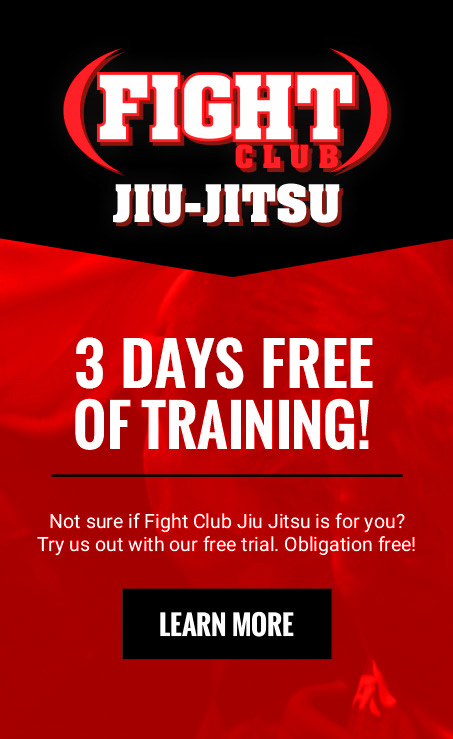
When starting a roll, it is customary to shake hands to signify you are ready.
You should only use techniques suitable to your belt level (make sure you know the rules of Jiu-jitsu).
Some classes we will do “stand up” practice and at other times we will start rolling from the knees. If starting from the knees, it is allowed to stand up to pass the guard, but if both players stand, then you both should start again from the knees.
Protect your training partners at all times, do not apply submissions without giving your opponent time to tap.
Tap early to joint locks, it is better to tap early and learn to recognise the mistake you made to get into that position than risk injury.
If rolling with someone in no-gi, do not grab the shorts or rash guard.
Do not put your fingers inside sleeve or pant cuff of your opponent, it is dangerous (broken fingers) and illegal.
Absolutely no rotational leg locks (heel hooks, toe holds) until you are purple belt (toeholds are actually illegal until brown belt, and heel hooks are illegal at all levels).
Rolling at the end of class is a time for practicing what you have learnt against a resisting opponent, respect your training partners and remain humble, it is not about winning, but learning.
If you aren’t tapping, you are probably playing it too safe.
Give way to higher belts, If space is limited ensure you don’t roll into or clash with another group. If you are getting two close to another pair, the lower belt pair should move to a free area.
If you have to squeeze a submission with a lot of force, you probably don’t have it. Submissions come from superior positioning and leverage, you should not have to use a lot of force. (I.e. don’t squeeze someone’s head or jaw, always strive for a clean submission).
Always strive to finish the 5-minute round, you can rest after the timer goes off. If you are running out of gas in 5-minutes you are using too much effort, control your breathing and use minimal effort (you may get tapped more, but that will be a good thing for your long-term improvement).
Vary your training partners, train with people of all different shapes and sizes and skill levels. Everyone offers a different challenge.
Don’t be selfish, there is no need to try to tap someone as many times during a roll as you can, back off a little, each roll should be beneficial to both participants.
Shane Poppleton
Head Instructor




